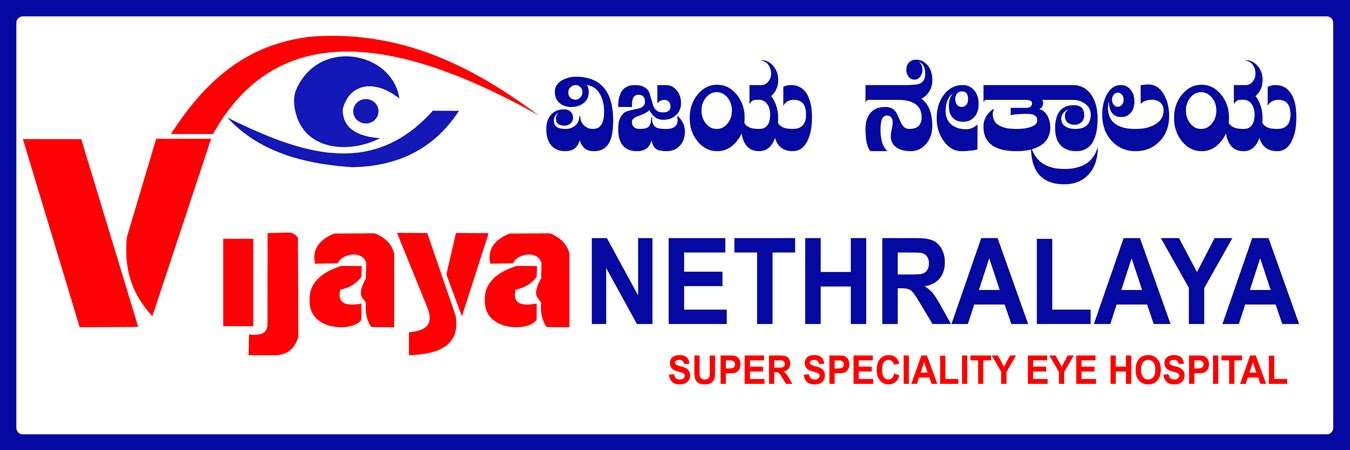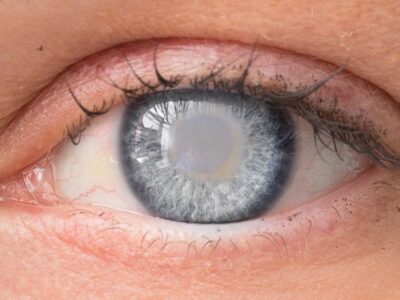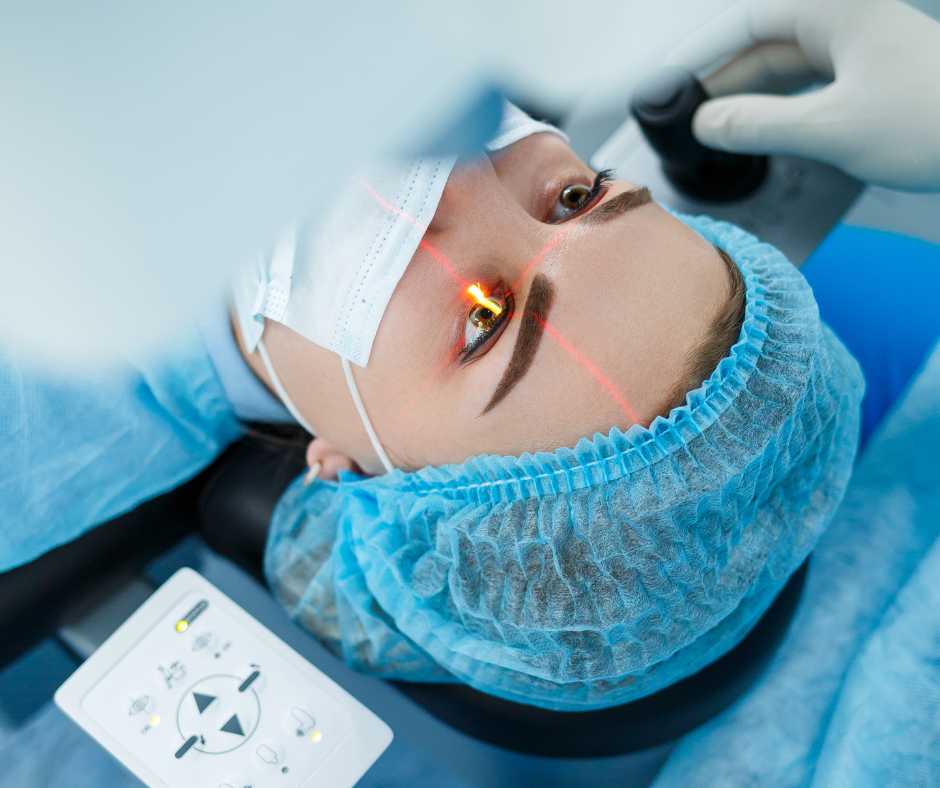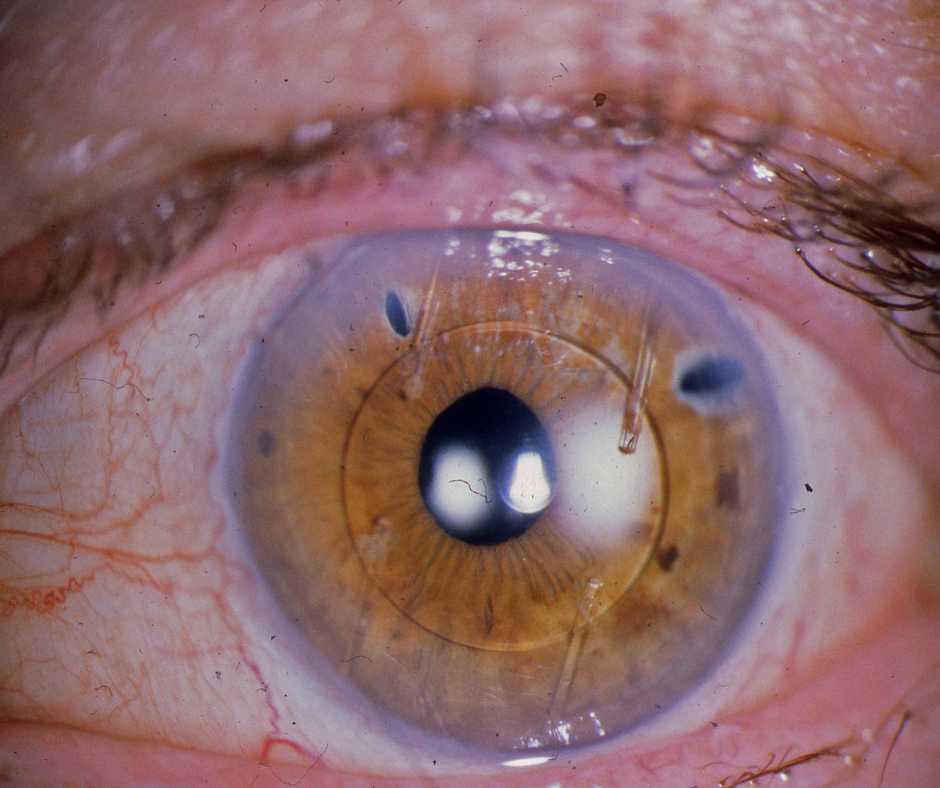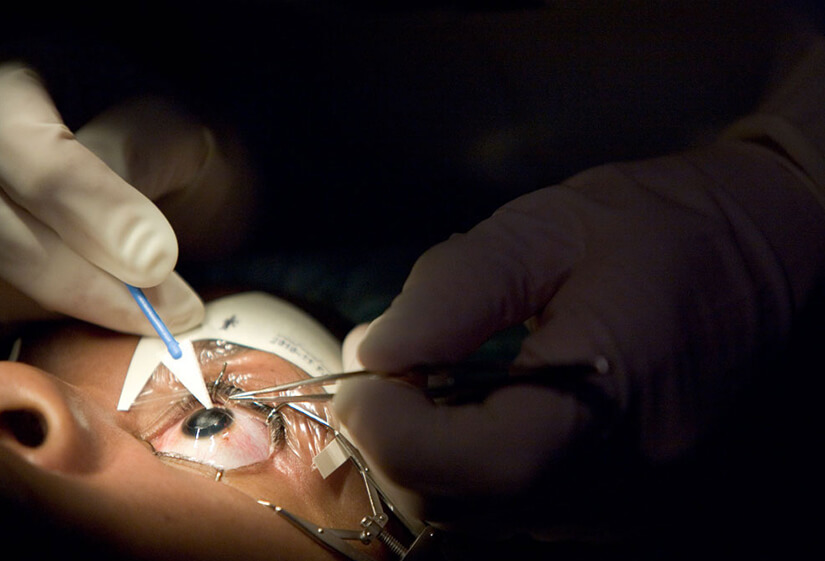Introduction
Cataract surgery is one of the most common and successful surgical procedures performed worldwide to treat vision loss caused by cataracts. This procedure involves removing the cloudy natural lens of the eye and replacing it with an artificial lens called an intraocular lens (IOL). The choice of IOL is crucial as it significantly impacts the post-surgery visual outcome and the overall quality of life. In this article, we will explore the different types of lenses available for cataract surgery and help you understand which lens might be best for your individual needs.

What is Cataract Surgery?
Cataract surgery is the removal of the eye’s natural, cloudy lens, which is replaced by a clear, artificial intraocular lens (IOL). Cataracts, which occur when the lens of the eye becomes cloudy, cause blurred vision and can lead to total blindness if left untreated. The IOL implanted during cataract surgery restores clear vision.
Why is the Right Lens Important for Cataract Surgery?
While cataract surgery itself is a straightforward procedure, the choice of IOL is vital for achieving the desired post-surgery results. There are various types of lenses available, each designed to address different vision needs, such as correcting nearsightedness, farsightedness, astigmatism, and presbyopia. Choosing the right IOL is critical to ensuring you achieve the best vision possible after surgery.
What are Intraocular Lenses (IOLs)?
Intraocular lenses (IOLs) are artificial lenses that are inserted into the eye during cataract surgery. They are made from materials like silicone, acrylic, or polymethyl methacrylate (PMMA), designed to function similarly to the eye’s natural lens. IOLs are classified into different types based on their functionality, and the right lens for you depends on your lifestyle, vision goals, and overall eye health.
Factors to Consider When Choosing an IOL
Choosing the right IOL is not a one-size-fits-all decision. Multiple factors must be considered:
- Age and Lifestyle: Younger patients may have different needs compared to older patients, particularly if they wish to reduce dependence on glasses.
- Eye Health and Prescription: If you have conditions such as astigmatism or presbyopia, certain lenses are better suited to address these concerns.
- Personal Vision Goals: If you want to reduce the need for reading glasses or improve vision at all distances, some lenses offer more versatility.
Types of Lenses Used in Cataract Surgery
There are several different types of IOLs available, each designed to meet specific vision needs. The most common types of IOLs are:
1. Monofocal Lenses
Monofocal lenses are the most frequently chosen type of intraocular lens (IOL). These lenses provide clear vision at a single focal point—either for distance vision or near vision. Most people who opt for monofocal lenses choose them for distance vision, and they may need glasses for reading or close-up tasks.
- Pros:
- Proven technology with excellent visual outcomes.
- Affordable option.
- Suitable for people with no additional vision issues besides cataracts.
- Cons:
- Not ideal for people who want to see clearly at both near and far distances without glasses.
Popular Monofocal Lenses:
- Alcon AcrySof Natural IOL
- Bausch + Lomb Akreos Adapt IOL
- Johnson & Johnson Vision Tecnis Monofocal IOL
2. Multifocal Lenses
Multifocal lenses are crafted to offer sharp vision at various distances, including near, intermediate, and far. These lenses have multiple focal points and can reduce or eliminate the need for glasses after cataract surgery. They are particularly beneficial for people who want to improve vision for daily activities like reading, using a computer, and driving.
- Pros:
- Reduces the need for glasses after surgery.
- Provides excellent vision for a variety of distances.
- Improved quality of life for those who need clear vision at multiple distances.
- Cons:
- May cause glare or halos around lights, particularly at night.
- Can be more expensive than monofocal lenses.
Leading Multifocal Lenses:
- ReSTOR by Alcon
- Tecnis Multifocal by Johnson & Johnson
- AcrySof Natural by Alcon
3. Accommodating Lenses
Accommodating lenses are designed to mimic the eye’s natural ability to focus at different distances. These lenses can shift their position within the eye to adjust for near, intermediate, and far vision. They are a great option for individuals who suffer from presbyopia, a condition that reduces the eye’s ability to focus on close objects as we age.
- Pros:
- Adjusts to focus at different distances.
- Reduces the need for reading glasses and bifocals.
- Provides a more natural vision experience compared to multifocal lenses.
- Cons:
- Generally more expensive than monofocal lenses.
- May not be as effective for individuals with significant astigmatism.
Top Accommodating Lenses:
- Crystalens by Bausch + Lomb
- Trulign Toric by Johnson & Johnson
4. Toric Lenses for Astigmatism
Astigmatism occurs when the cornea is unevenly shaped, leading to blurred or distorted vision. Toric IOLs are specially designed to correct astigmatism during cataract surgery. These lenses provide clear vision by compensating for the irregularities in the cornea.
- Pros:
- Corrects both cataracts and astigmatism.
- Reduces or eliminates the need for glasses or contact lenses for astigmatism.
- Cons:
- May not be suitable for individuals with more complex types of astigmatism.
Leading Toric Lenses for Cataract Surgery:
- AcrySof Toric by Alcon
- Tecnis Toric by Johnson & Johnson
5. Extended Depth of Focus (EDOF) Lenses
Extended Depth of Focus (EDOF) lenses provide a continuous range of clear vision, from near to far, without the need for multiple focal points like in multifocal lenses. EDOF lenses are a great option for people who want to reduce their reliance on glasses but also experience fewer visual disturbances, such as halos and glare.
- Pros:
- Provides clear vision across a range of distances.
- Reduced glare and halos compared to multifocal lenses.
- Ideal for people with presbyopia.
- Cons:
- They may not deliver the same level of clarity for near vision as multifocal lenses.
Recommended EDOF Lenses for Cataract Surgery:
- Symfony by Johnson & Johnson
- AcrySof Natural EDOF by Alcon
Custom Lenses and Advanced Technology
With the advancement of cataract surgery technologies, custom lenses are now available to address individual needs more effectively. Custom IOLs are designed to cater to specific vision requirements based on diagnostic tests, such as wavefront analysis, corneal mapping, and other detailed assessments. These custom lenses can provide improved results, especially for patients with complex vision issues like high astigmatism or irregular corneas.
- Pros:
- Tailored to your specific vision needs.
- Cutting-edge technology for better outcomes.
- Greater precision and customization.
- Cons:
- Higher cost compared to standard IOLs.
Cost of Cataract Surgery with Different Lenses
Cataract surgery costs can differ based on the type of lens selected for the procedure. Here’s a rough estimate of the cost breakdown for different IOLs in India:
- Monofocal Lenses: ₹25,000 – ₹50,000 per eye
- Multifocal Lenses: ₹50,000 – ₹1,50,000 per eye
- Accommodating Lenses: ₹60,000 – ₹1,25,000 per eye
- Toric Lenses: ₹55,000 – ₹1,00,000 per eye
- Extended Depth of Focus (EDOF) Lenses: ₹70,000 – ₹1,50,000 per eye
Additional costs may include the consultation fee, pre-surgery tests, and post-operative care.
How to Choose the Right Lens for You
Selecting the right lens for cataract surgery involves a detailed consultation with your ophthalmologist. Factors such as age, lifestyle, eye health, and visual goals will guide your decision. Be sure to discuss all available options with your surgeon, and weigh the pros and cons of each type of lens before making a choice.
Common Myths About Cataract Surgery and Lenses
There are several misconceptions about cataract surgery and lenses that can lead to confusion. Some common myths include:
- Myth 1: Cataract surgery is painful.
- Fact: Cataract surgery is virtually pain-free, as local anesthesia is used during the procedure.
- Myth 2: I’ll always need glasses after cataract surgery.
- Fact: With the right lens, many patients can reduce or eliminate the need for glasses.
- Myth 3: I can’t have cataract surgery if I have astigmatism.
- Fact: Toric IOLs are designed specifically to correct astigmatism during cataract surgery.
Aftercare and Recovery Following Cataract Surgery
Following your doctor’s post-surgery care instructions is crucial after cataract surgery. This may include using prescribed eye drops, avoiding strenuous activity, and attending follow-up appointments to monitor recovery. Most patients experience improved vision within a few days, though full recovery can take several weeks.
Conclusion: Finding the Best Lens for Your Cataract Surgery
Choosing the right intraocular lens for cataract surgery is a personal decision that depends on your specific vision needs and lifestyle. Whether you opt for monofocal, multifocal, accommodating, toric, or EDOF lenses, working with an experienced ophthalmologist will help you find the best option to restore clear, comfortable vision.
By understanding the various lens types and their benefits, you can make an informed decision that will lead to better visual outcomes after surgery. Remember, the goal is not just to see clearly, but to enhance your quality of life by choosing a lens that fits your unique needs.
FAQs
1. How long does it take to recover from cataract surgery?
Recovery typically takes about 2-4 weeks, but most patients notice improved vision within a few days.
2. Can I wear makeup after cataract surgery?
It’s best to avoid makeup for at least a week after surgery to prevent irritation and infection.
3. Will I need glasses after cataract surgery?
It depends on the type of lens chosen. Some lenses reduce or eliminate the need for glasses, while others may still require them for certain activities.
4. Are multifocal lenses worth the cost?
Multifocal lenses can provide clear vision at all distances and reduce the need for glasses, making them a good option for people who want more freedom.
5. Can I drive right after cataract surgery?
Most patients can resume driving after a few days, but it’s important to get approval from your doctor before doing so.
